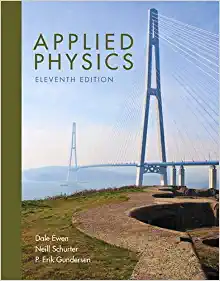Question
The velocity of an object as a function of time is shown in Fig. P9.3. The acceleration is constant during the first 4 seconds of
The velocity of an object as a function of time is shown in Fig. P9.3. The acceleration is constant during the first 4 seconds of motion, so the velocity is a linear function of time with v(t) = 0 at t=0 and v(t)=100 ft/s at t=4 s. The velocity is constant during the last 6 s.
(a) Estimate the total distance covered (the area, A) under the velocity, curve using five rectangles of equal width (? t = 10?5 = 2 s).
(b) Now estimate the total distance covered using 10 rectangles of equal width.
(c) Calculate the exact area under the velocity curve; i.e., find the total distance traveled by evaluating the definite integral ? x = ?010 v(t) dt.
(d) Calculate the exact area by adding the area of the triangle and the area of the rectangle bounded by the velocity curve.

Step by Step Solution
There are 3 Steps involved in it
Step: 1

Get Instant Access to Expert-Tailored Solutions
See step-by-step solutions with expert insights and AI powered tools for academic success
Step: 2

Step: 3

Ace Your Homework with AI
Get the answers you need in no time with our AI-driven, step-by-step assistance
Get Started


